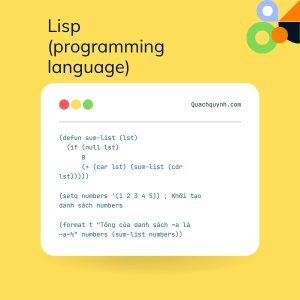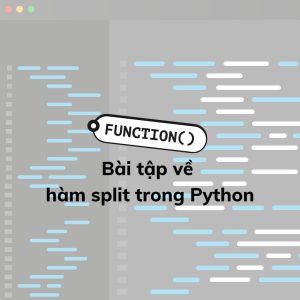Trong bài viết này mình sẽ hướng dẫn bạn cách cài đặt LAMP (Linux, Apache, MySQL, PHP) trên VPS Centos 6 với các bước hướng dẫn chi tiết nhất.
I/ Cài đặt Apache
Bạn dùng lệnh như sau
yum -y install httpd
Tiếp theo
chkconfig –levels 235 httpd on
Và khởi động dịch vụ
service httpd start
Để kiểm tra kết quả bạn hãy dán địa chỉ IP của VPS lên trình duyệt nếu thấy hiện ra các dòng chữ là đã cài đặt xong.
II/ Cài đặt cơ sở dữ liệu Mysql/MariaDB
Dùng lệnh
yum -y install mysql mysql-server
Tiếp theo
chkconfig –levels 235 mysqld on
Khởi động
service mysqld start
Tiến hành cấu hình
mysql_secure_installation
Liên tục nhấp Enter
NOTE: RUNNING ALL PARTS OF THIS SCRIPT IS RECOMMENDED FOR ALL MySQL
SERVERS IN PRODUCTION USE! PLEASE READ EACH STEP CAREFULLY!In order to log into MySQL to secure it, we’ll need the current
password for the root user. If you’ve just installed MySQL, and
you haven’t set the root password yet, the password will be blank,
so you should just press enter here.Enter current password for root (enter for none):
OK, successfully used password, moving on…Setting the root password ensures that nobody can log into the MySQL
root user without the proper authorisation.Set root password? [Y/n] ENTER để đặt mật khẩu cho root
New password: Nhập mật khẩu mới
Re-enter new password: Nhập lại mật khẩu mới
Password updated successfully!
Reloading privilege tables..
… Success!By default, a MySQL installation has an anonymous user, allowing anyone
to log into MySQL without having to have a user account created for
them. This is intended only for testing, and to make the installation
go a bit smoother. You should remove them before moving into a
production environment.Remove anonymous users? [Y/n] ENTER
… Success!Normally, root should only be allowed to connect from ‘localhost’. This
ensures that someone cannot guess at the root password from the network.Disallow root login remotely? [Y/n] ENTER
… Success!By default, MySQL comes with a database named ‘test’ that anyone can
access. This is also intended only for testing, and should be removed
before moving into a production environment.Remove test database and access to it? [Y/n] ENTER
– Dropping test database…
… Success!
– Removing privileges on test database…
… Success!Reloading the privilege tables will ensure that all changes made so far
will take effect immediately.Reload privilege tables now? [Y/n] ENTER
… Success!Cleaning up…
All done! If you’ve completed all of the above steps, your MySQL
installation should now be secure.Thanks for using MySQL!
III/ Cài đặt PHP
Dùng lệnh
yum -y install php php-mysql
Tiếp theo khởi động lại Apache
service httpd restart
Kiểm tra phiên bản PHP bạn thực hiện
vi /var/www/html/info.php
Gõ đoạn code và lưu lại
<?php phpinfo(); ?>
Gõ http://ip-cua-server/info.php để kiểm tra







